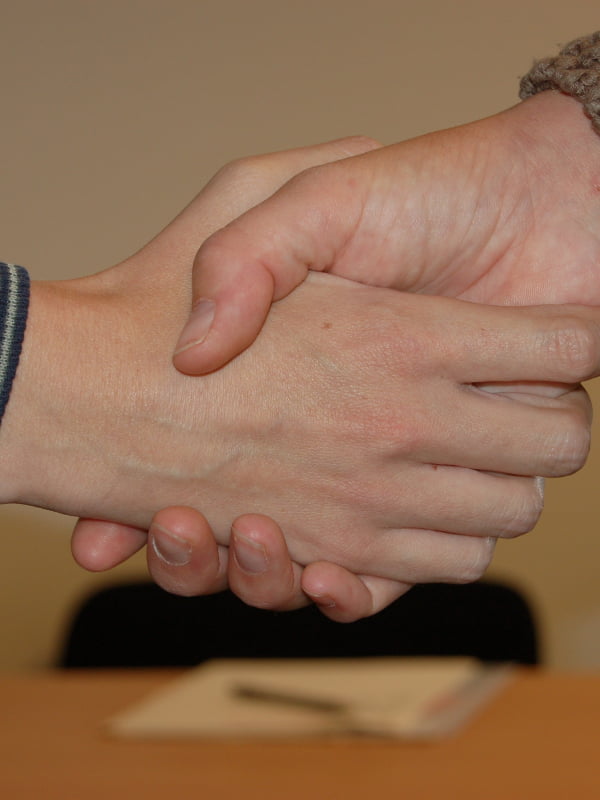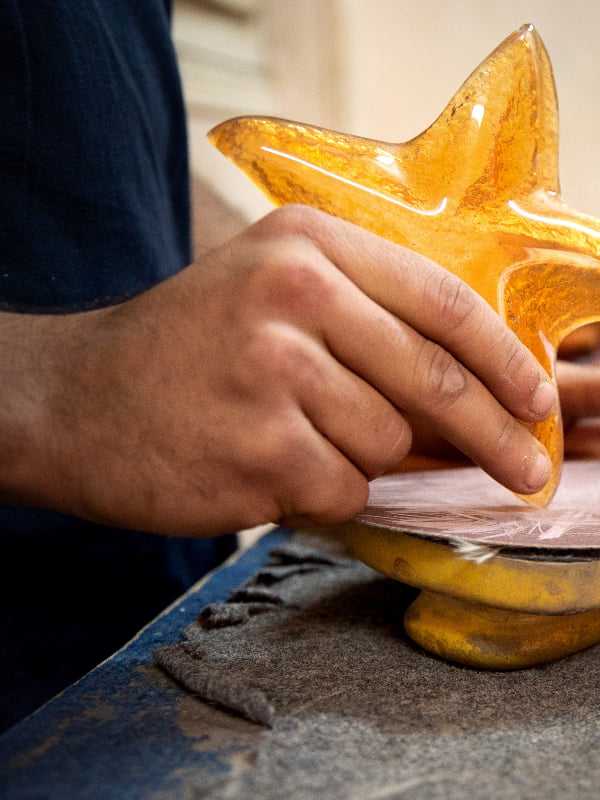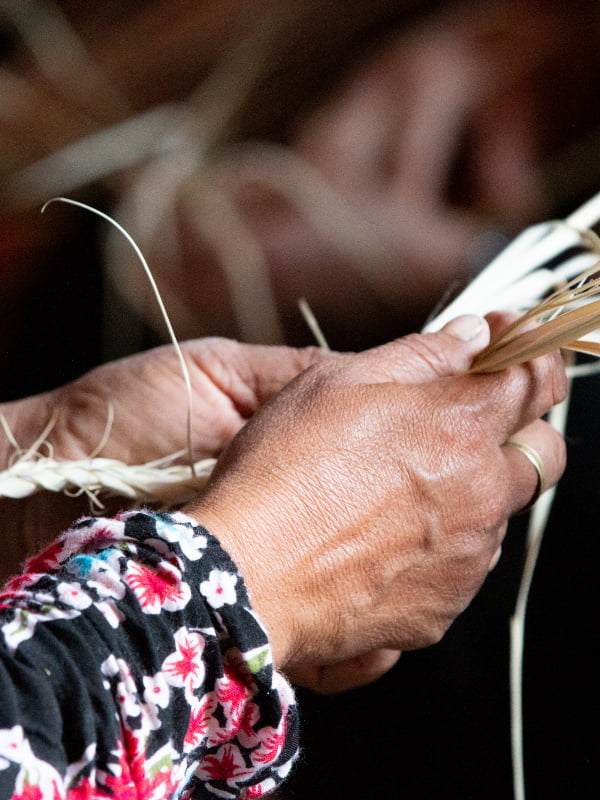Horizon Europe Structure
Horizon Europe consists of 3 pillars and a few horizontal actions. Under the pillars you will find several sub-programmes or clusters aimed at specific objectives to increase Europe's competitiveness. With your company, university, knowledge institution or as an SME or individual researcher, you may qualify for one of these sub-programmes or clusters. Read below how these pillars differ from each other, which sub-programmes and clusters there are, and see which one suits you best.
In the diagram below, you can see the connection between the pillars with their sub-programmes and clusters and the horizontal actions. Below this diagram, you will find more explanations about the pillars and the horizontal actions.
In the image there are 3 vertical pillars and a horizontal block below them. All 4 of these are made up of a number of components:
Pillar 1: Excellence Science
This pillar consists of:
- European Research Council
- Marie Skłodowska Curie Actions
- Research Infrastructures
Pillar 2: Global Challenges
This pillar consists of:
- Clusters:
- Health
- Culture, Creativity and Inclusive Society
- Civil Security for Society
- Digital, Industry and Space
- Climate, Energy and Mobility
- Food, Bioeconomy, Natural Resources, Agriculture and Environment
- Joint Research Centre
Pijler 3: Innovative Europe
This pillar consists of:
- European Innovation Council
- European innovation ecosystems
- European Institute of Innovation and Technology
Widening Participation and Strengthening the European Research Area
These horizontal actions consist of:
- Widening participation and spreading excellence
- Reforming and Enhancing the European R&I system
Pillar 1: Excellent Science
The pillar Excellent Science aims to bring and keep science in Europe at the highest level. Also, the actions under this pillar contribute to making Europe an attractive location for the world's best researchers. Europe wants to attract and develop research talent and to provide access to the best research infrastructures.
This pillar consists of:
European Research Council (ERC)
For excellent fundamental research.
Marie Skłodowska Curie Actions (MSCA)
To promote the training and international mobility of researchers.
Research infrastructures (RIs)
To strengthen the quality and accessibility of research infrastructures.
Pillar 2: Global Challenges and European Industrial Competitiveness
Pillar 2 focuses on the major challenges that the EU and the world are facing. These are listed in the Sustainable Development Goals (SDGs), among other things.
We need collaboration between parties from different sectors to tackle these problems. Parties could include research and educational institutions, industry, NGOs and others. Examples of challenges are health and well-being for everyone, a digital economy, solutions for climate change, the transition to a circular economy and the food problem.
Within Horizon Europe, you help bring innovative technologies from the lab to the market and develop new applications. Activities within pillar 2 aim at excellence and social impact. Applicants for this pillar are often consortia of public and private parties. These could include researchers from universities and companies, manufacturers, end-users, and so on. All parties involved bring together practical and technological knowledge through multidisciplinary collaboration.
Clusters
Pillar 2 is divided into 6 clusters. Read more about the clusters:
- Health
- Culture, Creativity and Inclusive Society
- Civil Security for Society
- Digital, Industry and Space
- Climate, Energy and Mobility
- Food, Bio-economy, Natural Resources, Agriculture and Environment
You can find parts of the previous Horizon 2020 industrial pillar containing key technologies in pillar 2 Global Challenges and Industrial Competitiveness and pillar 3 Innovative Europe.
The Joint Research Center (JRC) is now also in pillar 2. The JRC is the European Commission’s in-house scientific service. It supports European Union policy-making with independent, well-researched scientific advice.
Pillar 3: Innovative Europe
The 3rd Horizon Europe pillar focuses on innovations that strengthen the EU's economic position. Pillar 3 consists of:
European Innovation Council (EIC)
The EIC focuses mainly on individual innovative companies and consists of 3 components:
- Pathfinder: for innovations with a low technology readiness level (TRL);
- Transition: for innovations with a medium TRL;
- Accelerator: for innovations with a high TRL.
The EIC also offers opportunities to combine different forms of financing, including capital investment.
European Innovation Ecosystems (EIE)
The EIE focuses on building and strengthening innovation ecosystems. It connects regional and national players in the field of innovation.
European Institute of Innovation and Technology (EIT)
The EIT is an EU organisation that strengthens Europe's innovation capacity. It fosters innovation across Europe by integrating business, education and research to find solutions to key global challenges.
Contact an advisor
The advisors from Team IRIS can think along with you in your orientation within the programme. Are you unsure which cluster or sub-programme best suits your project?
Horizontal actions
To strengthen the European Research Area (ERA), Horizon Europe uses various instruments via the horizontal pillar Widening Participation and Strengthening the European Research Area. These instruments aim to broaden excellence in Europe, as well as reform national research and innovation systems. Examples of these instruments are:
European Cooperation in Science and Technology (COST)
COST offers you the chance to explore and solve issues at an international level, where scientists can meet and develop new ideas.
Teaming for Excellence
These actions should create new centres of excellence in participating countries (widening countries) or modernise existing ones through strategic partnerships with leading institutions abroad.
Read more about Teaming for Excellence
Twinning
Twinning should strengthen networking activities between research institutions from the countries acting as coordinators in the participating countries (widening countries) and leading counterparts, at EU level. This is done by connecting at least 2 research institutions from 2 different Member States or associated countries. Networking for excellence is thus enhanced through knowledge sharing and the exchange of best practices.
Stay informed
Would you like to stay informed about developments within Horizon Europe and other European programmes? Then sign up using our interest form.
We will inform you about: news and updates, events, workshops and training courses and important changes within specific (working) programmes.

- Ministry of Economic Affairs



